LEC 22 AND 23: Physical and Chemical Methods of Microbial Control
1/86
There's no tags or description
Looks like no tags are added yet.
Name | Mastery | Learn | Test | Matching | Spaced |
|---|
No study sessions yet.
87 Terms
Dry Heat
Hot air or an open flame, which ranges from 160°C to several thousand degrees C; dehydrates the cell, removing water necessary for metabolic reactions, denatures proteins, and at very high temperatures, oxidizes cells, burning them to ashes.
Moist Heat
A method of microbial control that uses steam or boiling water to kill microorganisms.
Radiation
Electromagnetic energy waves; shorter wavelength = higher energy = more ability to damage cellular structures.
Ultraviolet Radiation
Causes Thymine Dimers which halt DNA replication and/or cause mutations.
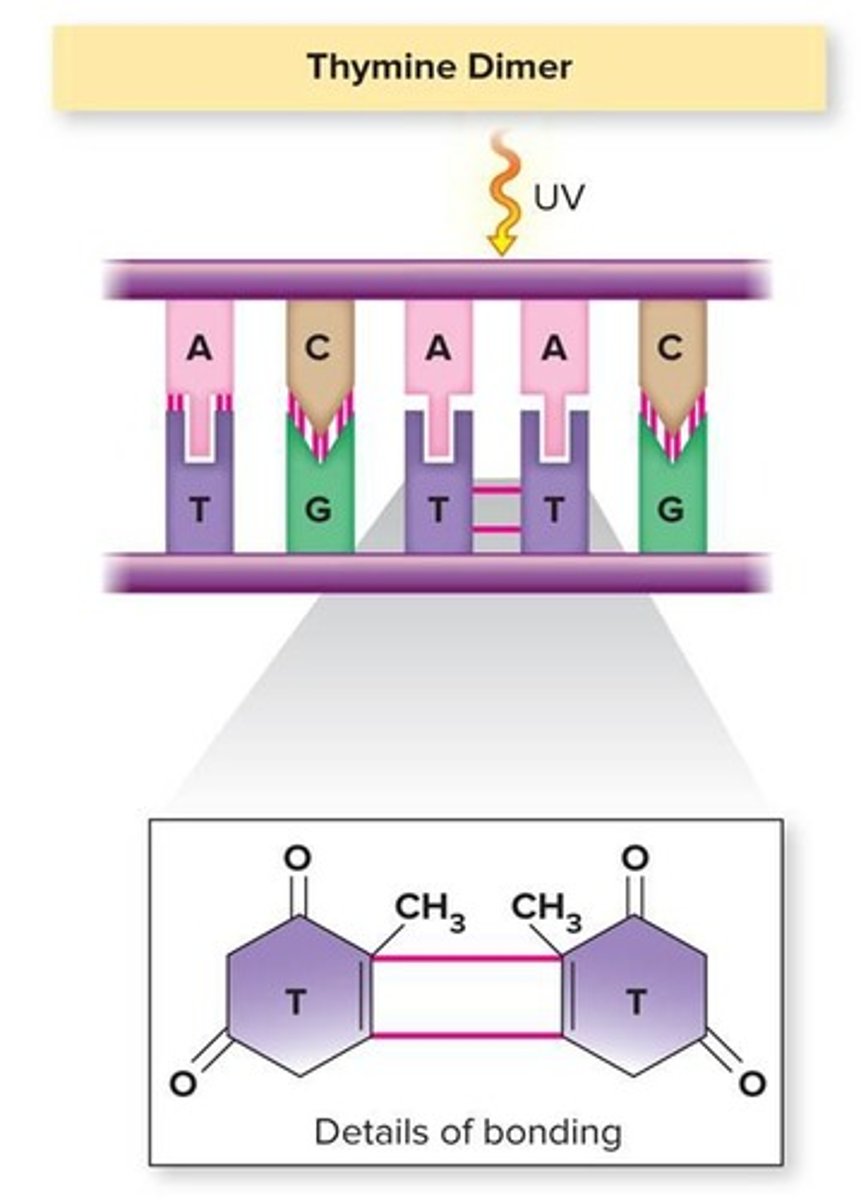
Sterilization
The process that kills all cells including endospores and viruses.
Ionizing Radiation
Includes x-rays and gamma rays; much higher energy leading to penetration of surfaces.

Damage Caused by Ionizing Radiation
Includes membrane damage, breaks in the DNA backbone, and protein damage.
Uses of UV Radiation
Works only on surfaces, including medical instruments, water treatment, and removing airborne contaminants in hospital rooms.

Uses of Ionizing Radiation
Used for sterilizing surgical equipment.
Desiccation
A method of microbial control that involves removing moisture from the environment.
Mechanical methods of control
Techniques that physically remove or destroy microorganisms.
Chemical Agents in Microbial Control
Substances used to kill or inhibit the growth of microorganisms.
Endospores
A resistant form of bacteria that can survive extreme conditions.
Thymine Dimers
DNA lesions formed when UV light causes adjacent thymine bases to bond together, disrupting DNA replication.
Penetration of Surfaces
The ability of ionizing radiation to pass through materials to sterilize items.
Gloves
Personal protective equipment used to prevent contamination.
Sutures
Stitches used to hold tissue together after surgery.
Bandages
Material used to protect or support a wound.
Foods
Must be packaged and then irradiated; require labeling, FDA approved; consumer wariness and cost limit its use.
Advantages of Radiation
Fast, high penetration, absence of heat, also kills insects and worms.
Refrigeration
Decreases enzyme activity, decreases cell membrane fluidity, and decreases transport of materials to support metabolism.
Typical fridge temp
4°C.
Freezing
Decreases membrane fluidity, decreases transport, and has no liquid water; cells remain viable, not a sterilization technique.
Freezing temperature
-80°C/-112°F.
Desiccation
Drying process where water is not available; cells remain viable, not a sterilization technique.
Tardigrades
Water bears that can survive desiccation.

Lyophilization
Freeze-drying process where cold and no liquid water are present; cells remain viable, not a sterilization technique.
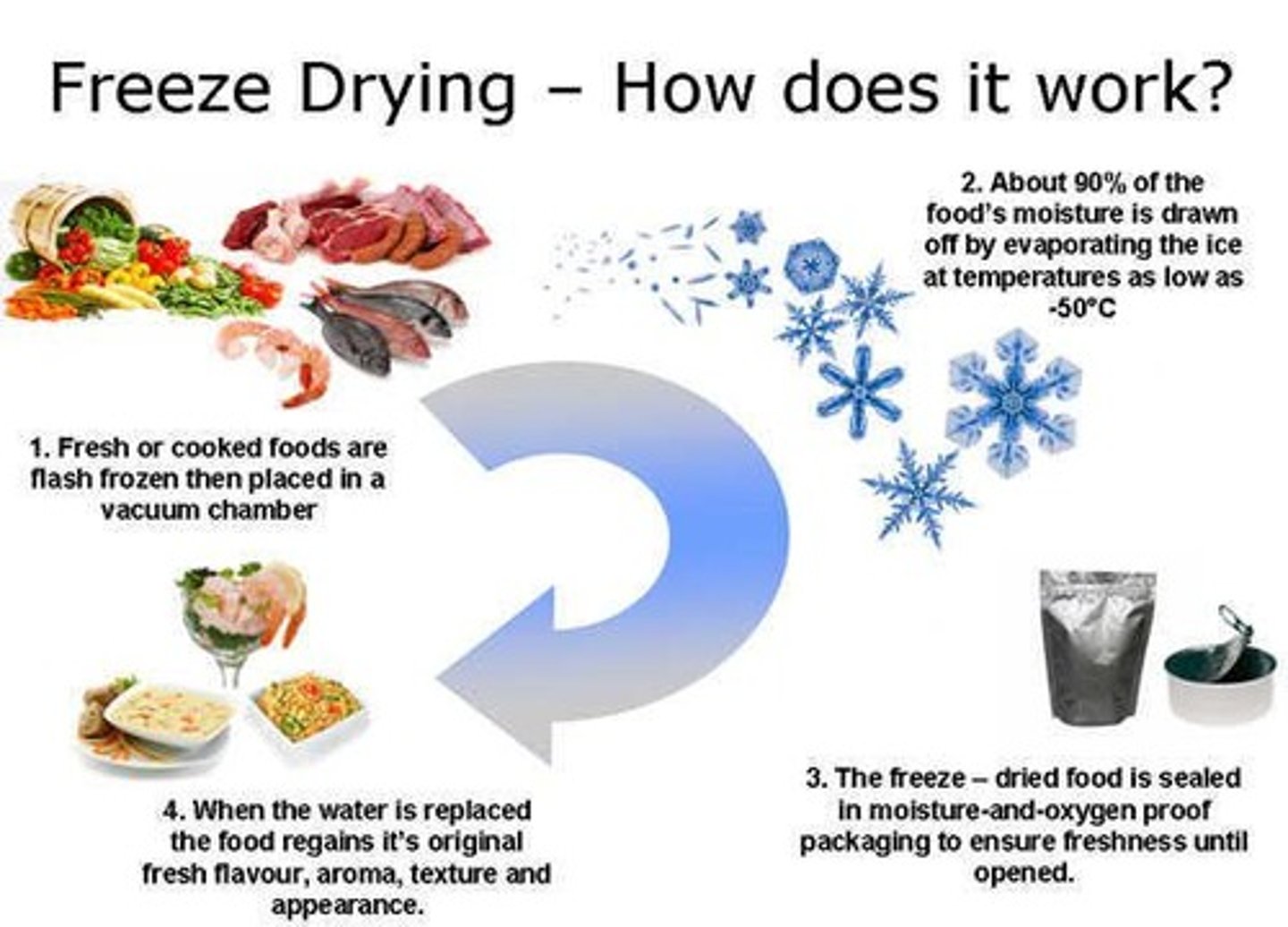
Osmotic Pressure
High salt or sugar creates a hypertonic environment leading to plasmolysis; used in food preservation like pickling and salting.

Filtration
Method where bacteria are removed by size exclusion, resulting in sterilization.
Membrane Filtration of liquids
Used for heat-sensitive liquids that cannot be autoclaved; pore size is 0.22 - 0.45 µm.
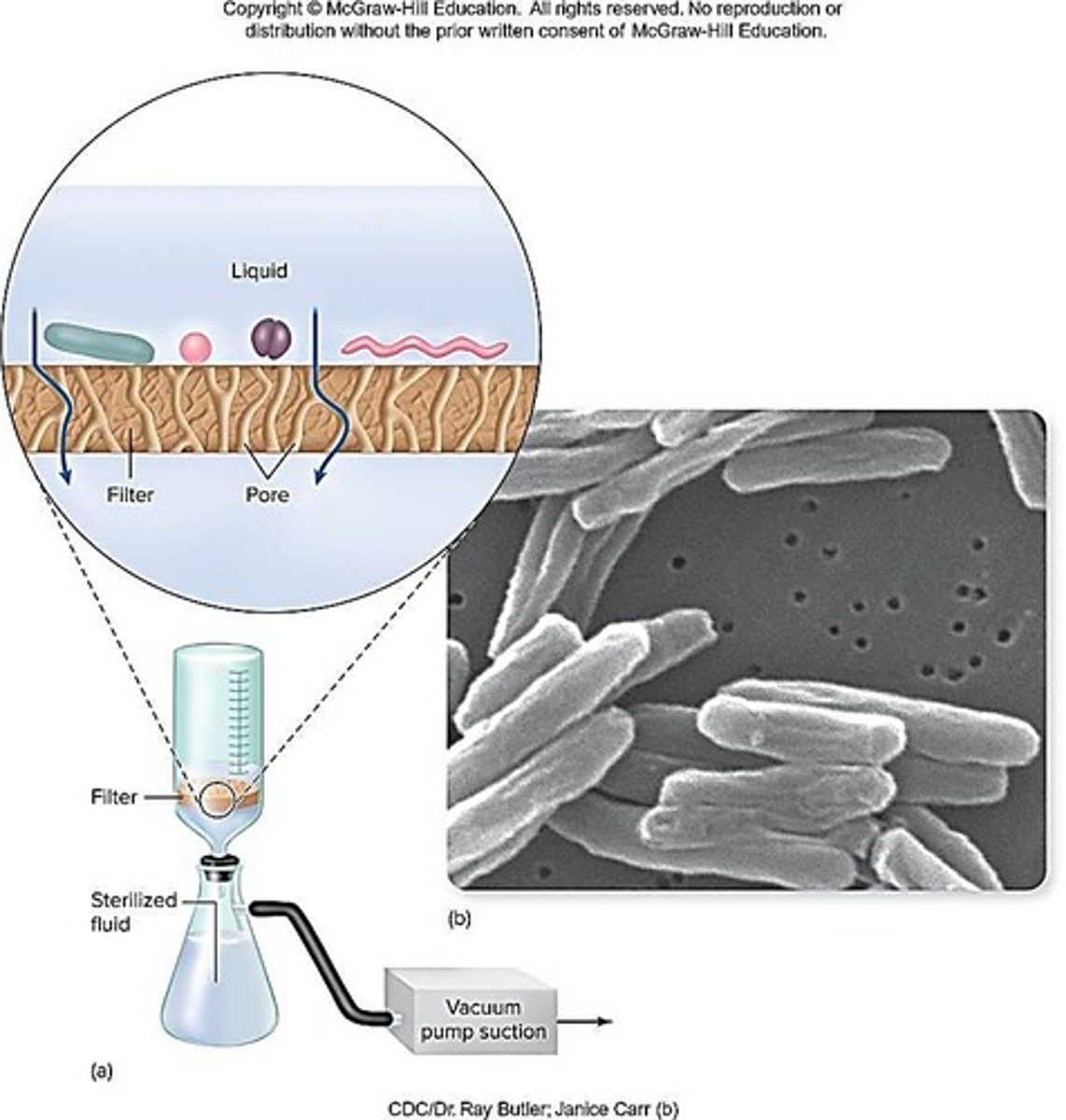
Disadvantage of Membrane Filtration
Viruses and toxins can pass through.
High Efficiency Particulate Absorbing (HEPA) filter
Removes 99.95% of particles greater than 300 nm from air
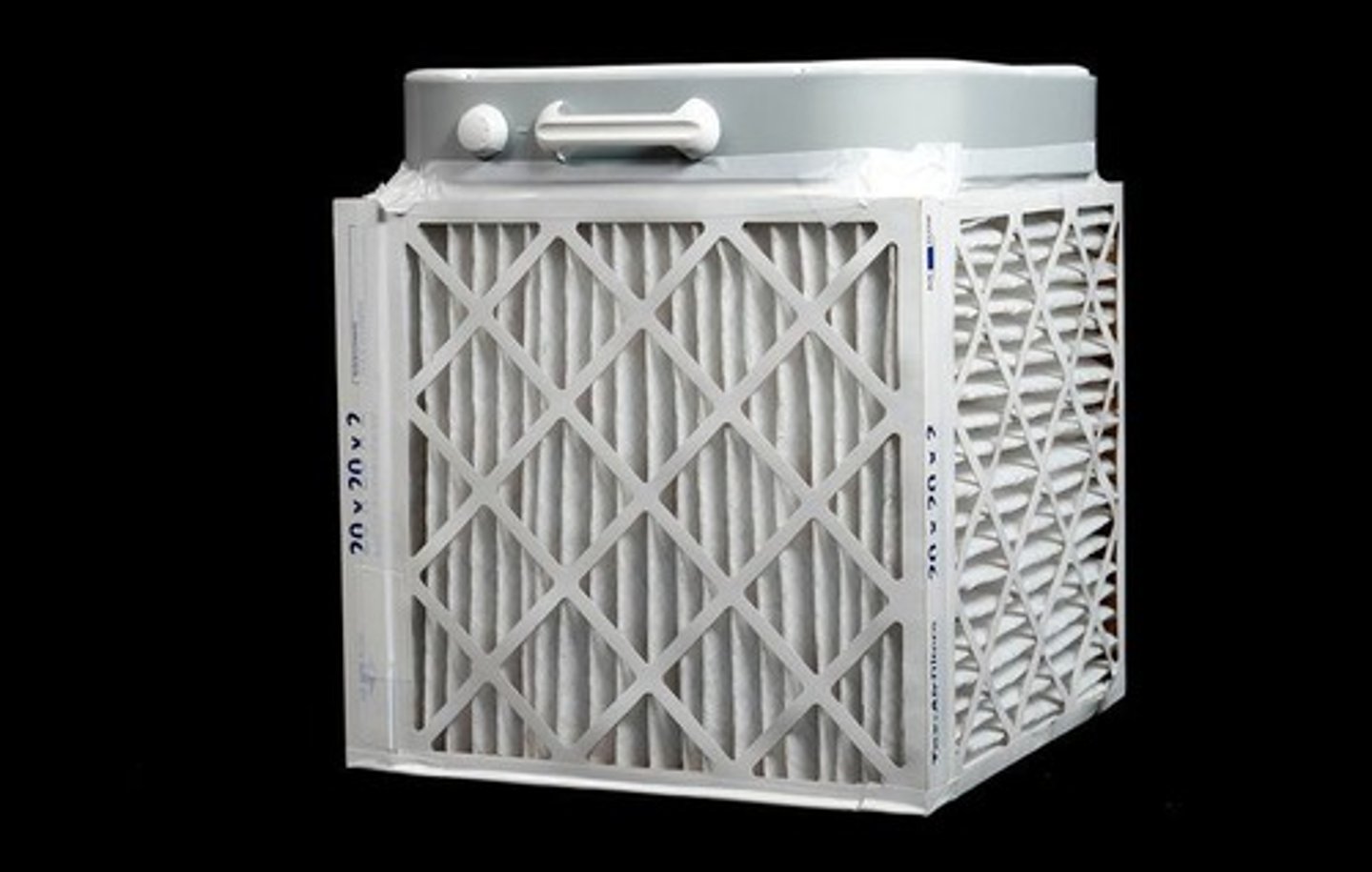
Detergents
Molecules with hydrophobic and hydrophilic regions
Effect of Detergents on Cell Membranes
Detergents (soaps, surfactants) intercalate (insert themselves) between membrane lipids and permeabilizes membranes
Quaternary Ammonium Detergents
Quat (quaternary ammonium compound), cationic detergents used for low level disinfection in clinical and food service settings
Dimethyl benzyl ammonium chloride
Active ingredient in Lysol
Phenol
Low doses inactivate critical enzymes; high doses disrupt cell wall, membranes and proteins
Phenol derivatives
Pine oil, clove oil, thyme oil (thymol- in Listerine)
Bisphenols
Two phenols, including hexachlorophene and thymol
Triclosan
Bisphenol antibacterial agent formerly found in many consumer products that inhibits enzyme found in bacteria and fungi needed in fatty acid biosynthesis
Triclosan ban
Banned in 2016 due to its detrimental effects on muscle function, endocrine function, and water ecology
Chlorhexidine
Disrupts cell membrane and is used as an antiseptic for surgical hand scrubbing and preoperative skin prepping
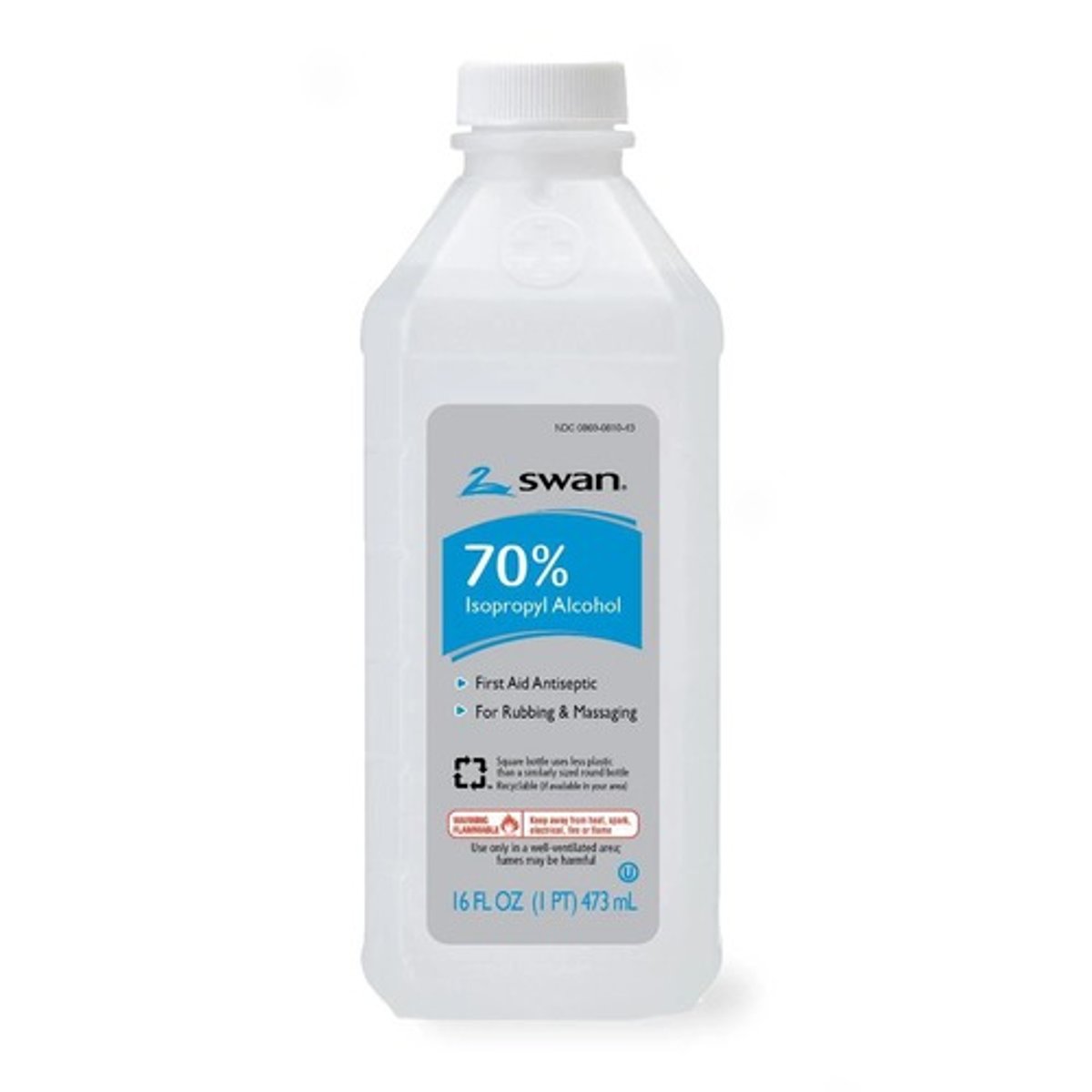
Alcohols
Hydrocarbons with 1 or more -OH groups, such as ethanol and isopropyl alcohol, that dissolve membranes and denature proteins
Heavy metals
Bind to -SH groups on amino acid side chains and alter tertiary or quaternary structure
Heavy Metal Examples
Copper (Cu) is a fungicide and algicide; Silver (Ag) is used in coated catheters to help protect from UTI
Heavy Metal Used to Prevent Blindness
Prior to antibiotics, AgNO3 was used to prevent Neonatal conjunctivitis caused by Neisseria gonorrhea
Erythromycin
Antibiotic that binds to 50S ribosomal subunit and blocks protein synthesis
Virus Envelope Acquisition
Viruses acquire envelopes around their nucleocapsids during assembly.
Virus Genome Migration
After penetration and uncoating, the genome of this virus migrates to the host cell nucleus before beginning synthesis.
Virus Genome Types
Types of genomes include DNA genome, double-stranded RNA, positive sense single-stranded RNA, and negative sense single-stranded RNA.
Virus Host Range Limitation
Virus host range is limited by the type of host cell receptors on the cell membrane.
Gram Positive Electron Transport Chain Location
In Gram positive cells, the electron transport chain is located in the cell membrane.
Goals of Microbial Control
The goal of microbial control is limiting the ability of microbes to cause disease by killing or removing them.
Primary Targets of Microbial Control
Primary targets are organisms capable of causing infection or spoilage.
Targeted Population of Microbial Control
Targeted population is a mixture of microbes with extreme differences in resistance and harmfulness.
Levels of Microbial Control
Levels of microbial control include sterilization, disinfection, decontamination (sanitization), and antisepsis (degermation).
Sterilization Definition
Sterilization is a process that destroys or removes all viable microbes, including viruses and endospores.
Common Uses of Sterilization
Common uses of sterilization include surgical instruments, syringes, and commercially packaged food.
Disinfection Definition
Disinfection destroys vegetative pathogens but not bacterial endospores and removes harmful products of microbes from material.
Common Uses of Disinfection
Common uses of disinfection include boiling food utensils and applying 5% bleach solution to an examining table.
Decontamination/Sanitization Definition
Decontamination/Sanitization is a cleansing technique that mechanically removes microorganisms and other debris to reduce contamination to safe levels.
Common Uses of Decontamination/Sanitization
Common uses include cooking utensils, dishes, bottles, and cans that must be sanitized for reuse.
Antisepsis/Degermation Definition
Antisepsis reduces the number of microbes on human skin.
Antisepsis
A form of decontamination but on living tissues.
Common uses of Antisepsis
Involves scrubbing the skin (mechanical friction) or immersing it in chemicals (or both).
Examples of Antiseptics
Alcohol, Surgical hand scrubs.
Sepsis
The growth of microorganisms in the blood and other tissues.
Asepsis
Any practice that prevents the entry of infectious agents into sterile tissues.
Aseptic techniques
Practiced in health care; range from sterile methods to antisepsis.
Antiseptics
Chemical agents applied directly to exposed body surfaces (skin and mucous membranes), wounds, and surgical incisions to prevent vegetative pathogens.
-cide
Having the capacity to kill.
-static
To stand still.
Critical medical devices
Expected to come into contact with sterile tissues and must be sterilized before use.
Semicritical devices
Come into contact with mucosal membranes and must receive high-level disinfection, preferably sterilized.
Noncritical devices
Do not touch the patient or only touch intact skin and require only low-level disinfection unless they become contaminated with blood or body fluids.
How can you tell when a microbe is dead?
1. Lysis; 2. Failure to replicate even in favorable conditions.
Microbial Death Rate
Death of the whole population is not instantaneous; starts when lethal concentration of the agent is reached and continues at logarithmic rate.
Factors that Influence Death Rate
Type of organism, actively growing vs dormant, #'s of organisms, type of agent, concentration of agent, temperature and pH, presence of interfering organic matter.
Modes of Action of Antimicrobial Agents
Selective: Agent targets small subset of organisms (antibiotic); Non-selective: Agent kills a wide range of microbes (Radiation, heat).
Cellular Targets of Antimicrobial Agents
Cell wall, Cytoplasmic membrane, Cellular synthetic processes, Proteins.
Moist heat
Denatures protein, melts lipids/cell membranes destroyed, DNA denatured; damage extent dependent on temperature.
Protein Denaturation
Disrupting protein shape results in loss of protein function.
Autoclave
Heats to 121°C at 30 lbs/in2 pressure (2 atm) for 20 min - longer if larger volumes.
Pasteurization
Not sterilization; cannot kill endospores, heat resistant microbes; 63 - 66°C/30 min. Cool to 4°C = Batch method; 71.6°C/15 sec = Flash Pasteurization.
Milk-borne Illnesses
Campylobacter, Cryptosporidium, E. coli, Listeria, and Salmonella, etc. food poisoning.
Food poisoning complications
Can lead to Guillain-Barré syndrome and Hemolytic-uremic syndrome (HUS) and severe health complications, such as kidney failure, strokes, and death.
Food poisoning statistics
Before pasteurization, 25% of food poisoning due to milk; after pasteurization, 1% of food poisoning due to milk.